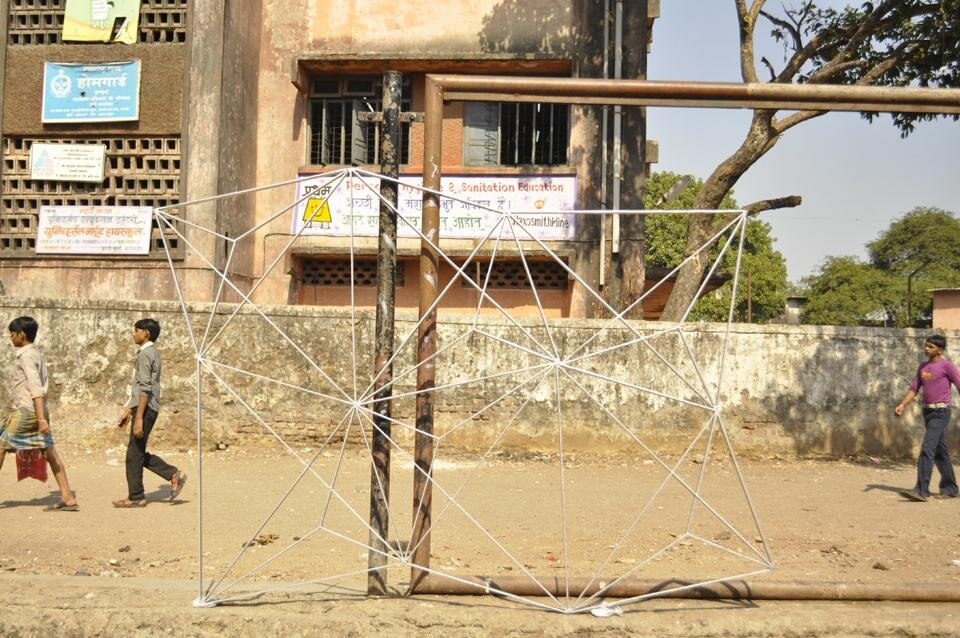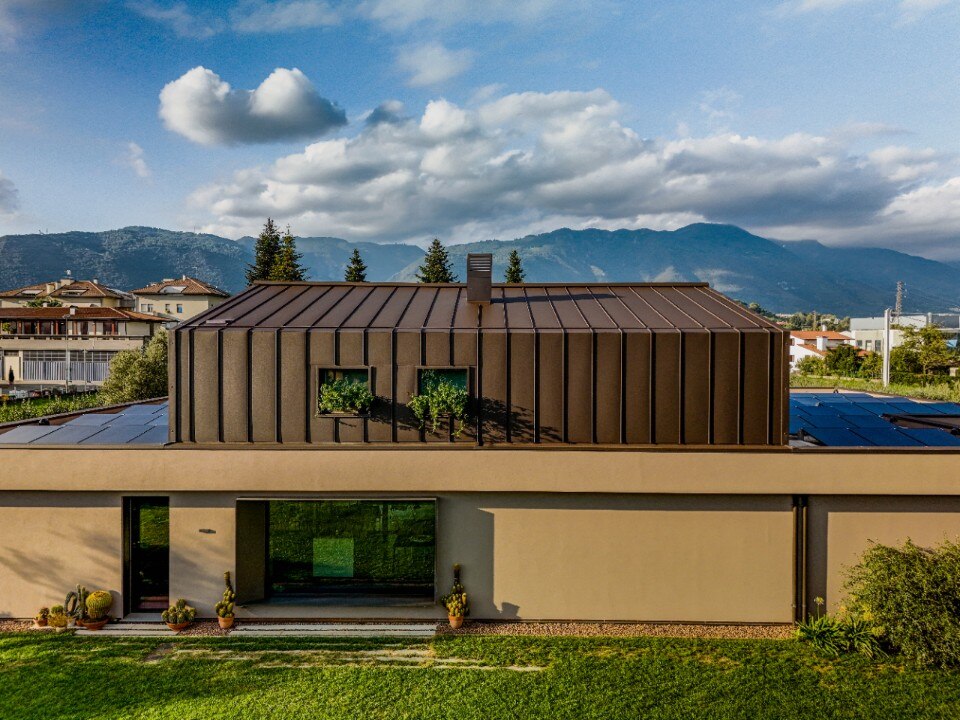One aspect that did emerge was the great inventive, creativity and willingness of the local craftspeople, something often underestimated by the stereotypes of slums, a phenomenon that has, yet again, demonstrated the huge "store" of experience possessed by those living in them and, most importantly, their incredible capacity to adapt to any situation that seems different from their norm. Their great practicality enables slum inhabitants to lend form to abstract patterns that may be hard to interpret, and to do so very quickly. This speed of action inevitably influenced the normal way the designers who worked with the craftspeople approach certain objects or results.
The initiative prompted a fascinating relationship of joint-creation that saw, on the one hand, the designer's idea being quickly understood and absorbed then taken, manipulated and altered by practical experience of the highest degree; and, on the other, the creation of fine objects that were unique and could potentially be sold on the market, such as wallets made by leather workers.
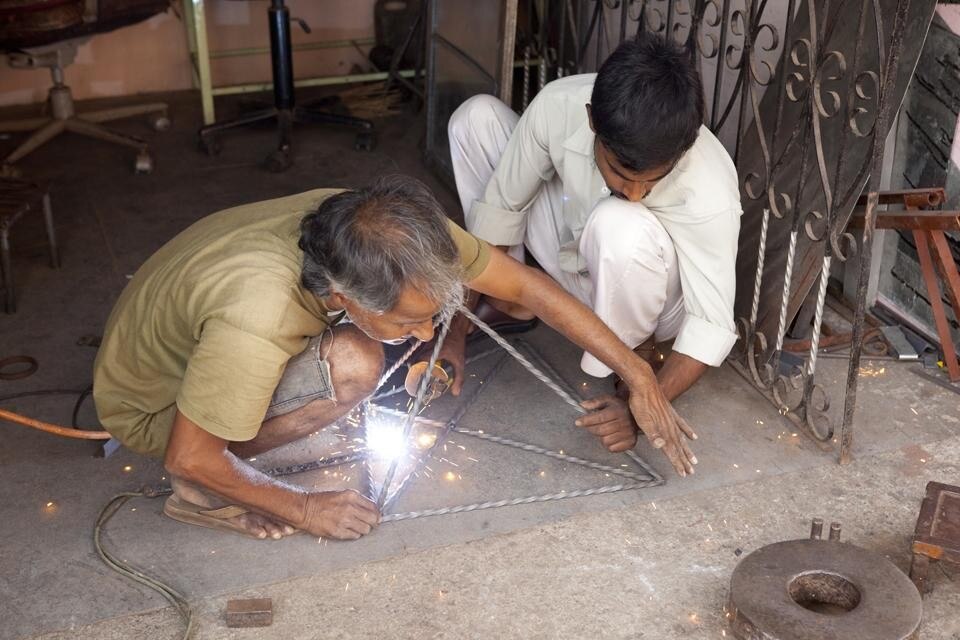
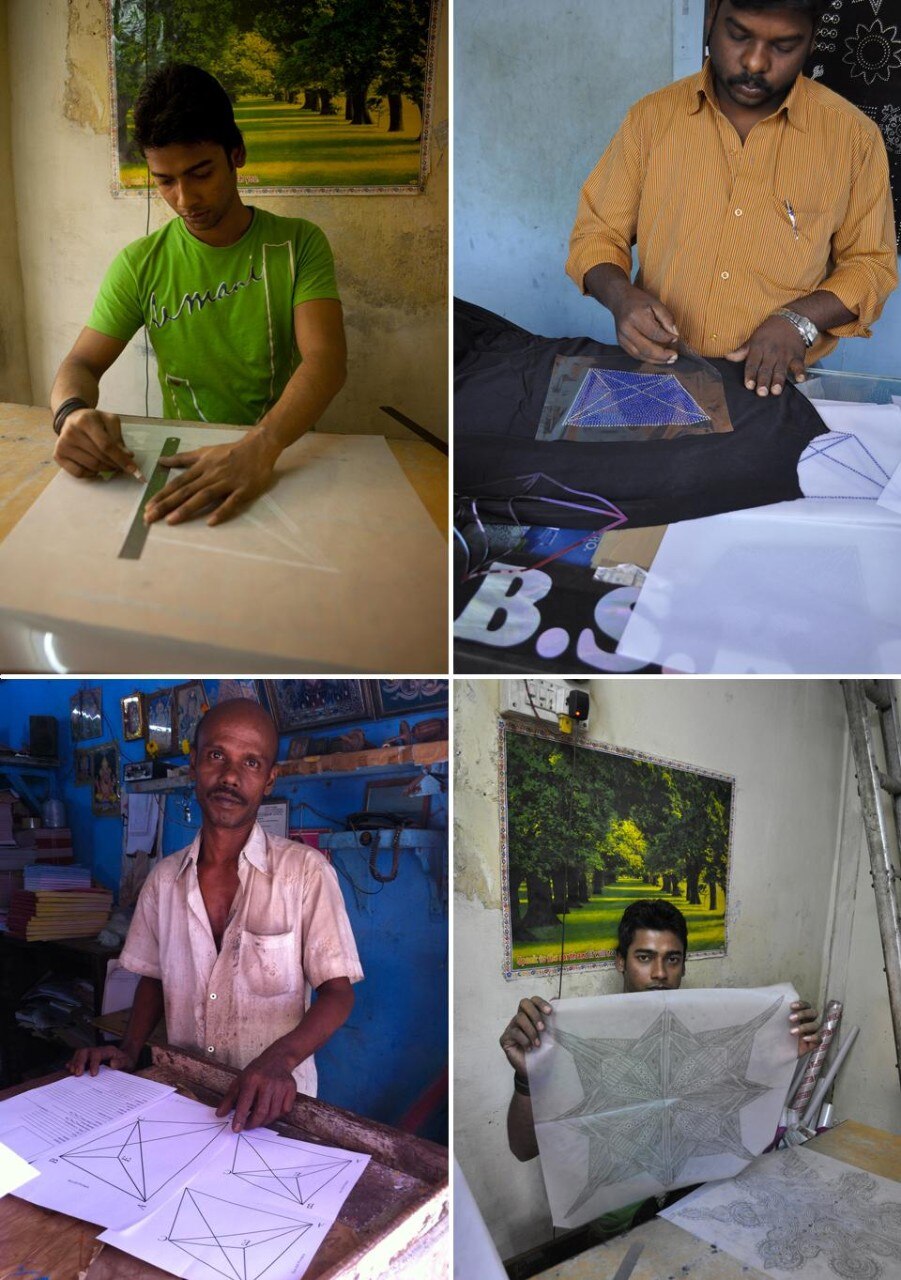
Their sense of community and hugely practical everyday lives justify and clarify this thought—and the need to always search for something that is tangible, practical and useful to them.
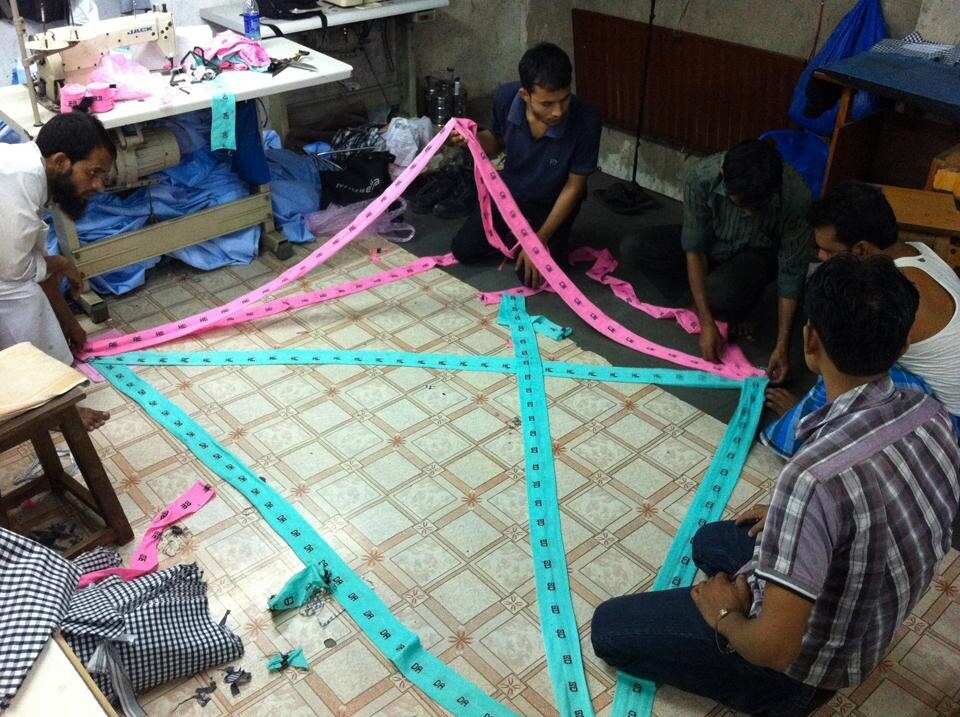
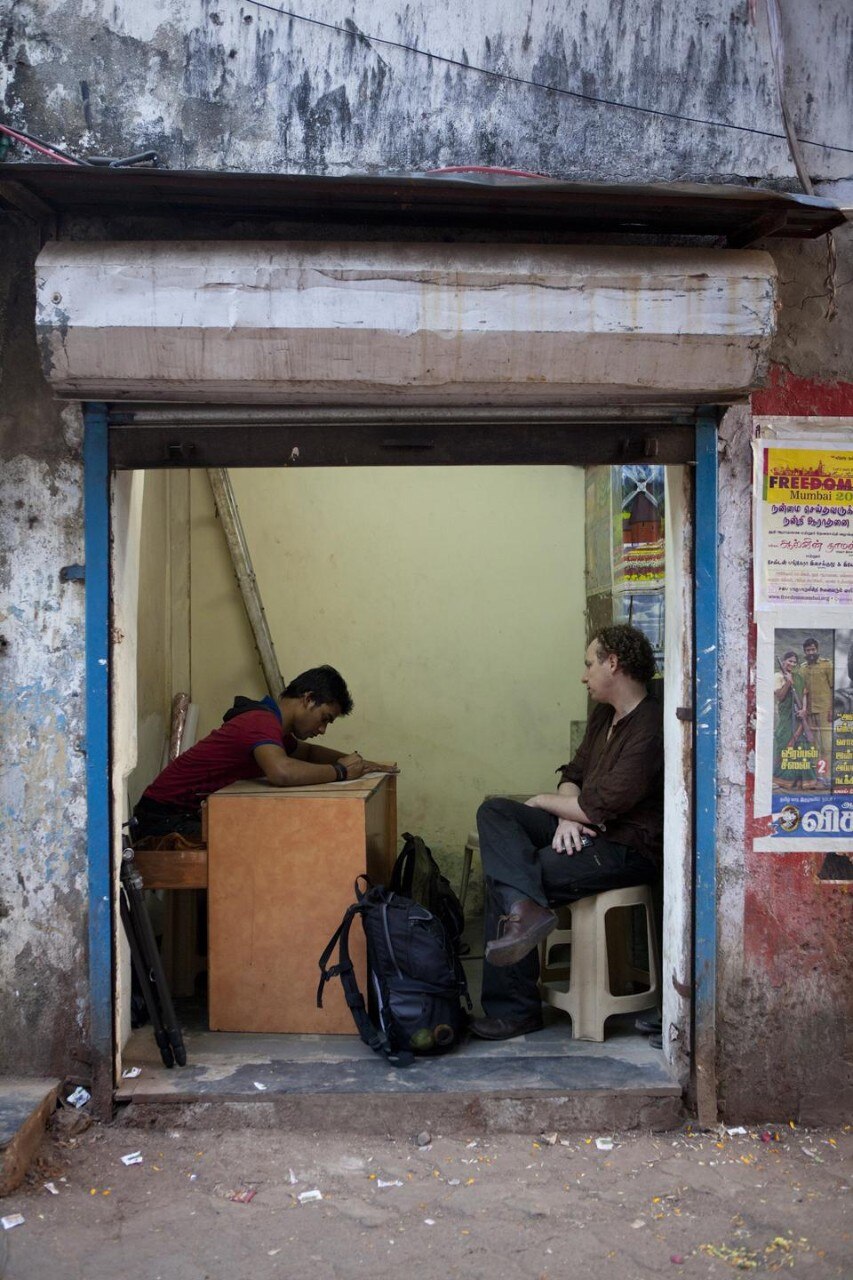
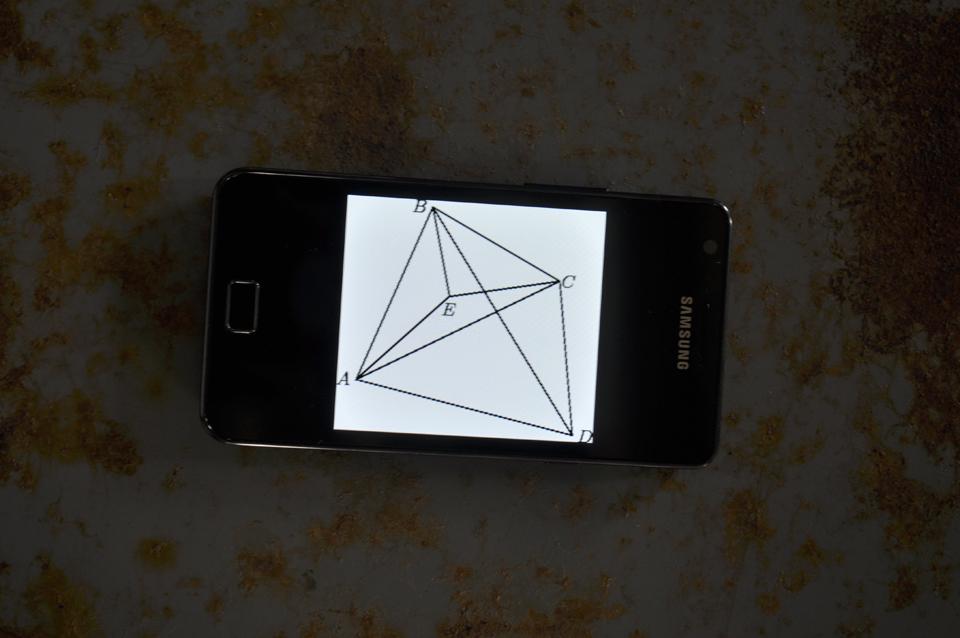
Francesco Galli
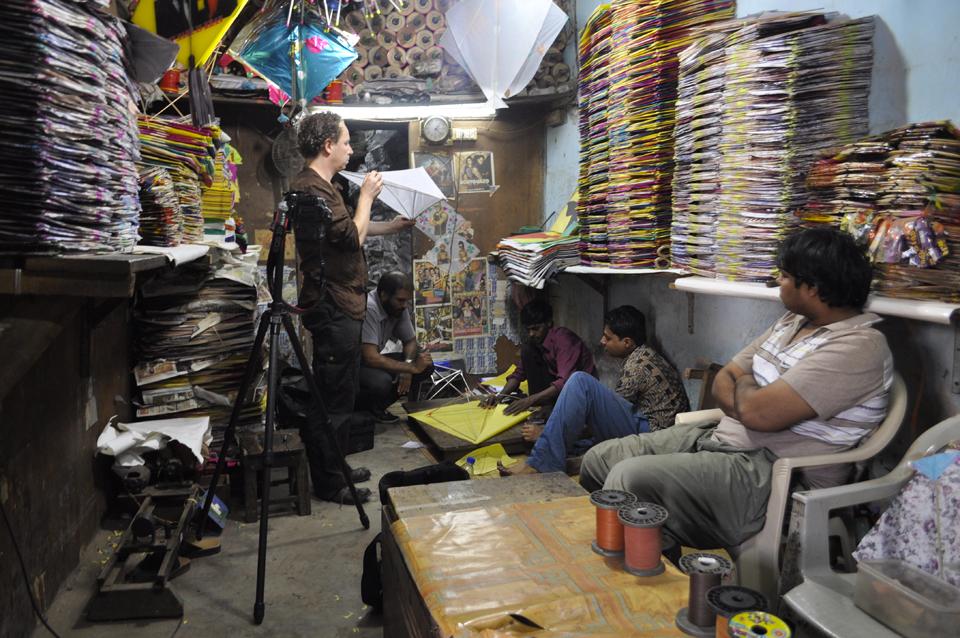
18 November 2011
Studio X Mumbai
Kitab Mahal, 4th Floor, 192 D.N.Road, Fort, Mumbai (adjacent to New Excelsior Cinema)
Director: Renny Ramakers (Droog)
Partner: Rajeev Thakker (Studio X Mumbai)
Media partner: Radhika Desai (Domus India)
Lead designer: Bas Princen
Design team: Quaid Doongerwala and Shilpa Ranade (DCOOP Architects), Ishan Khosla, Eric Klarenbeek, Jorge Mañes
Consultants: Ranjana Dani (MIT Institute of Design, Pune), Matias Echanove e Rahul Srivastava (URBZ), Rohan Shivkumar (architect), Lilet Breddels (Archis/Volume)
Content and project manager: Agata Jaworska (Droog)
Studio X team: Adrienne Thadani, Nicola Antaki, Soumya Raja
Support from: Dutch Ministry of Education, Culture and Science and City of Amsterdam
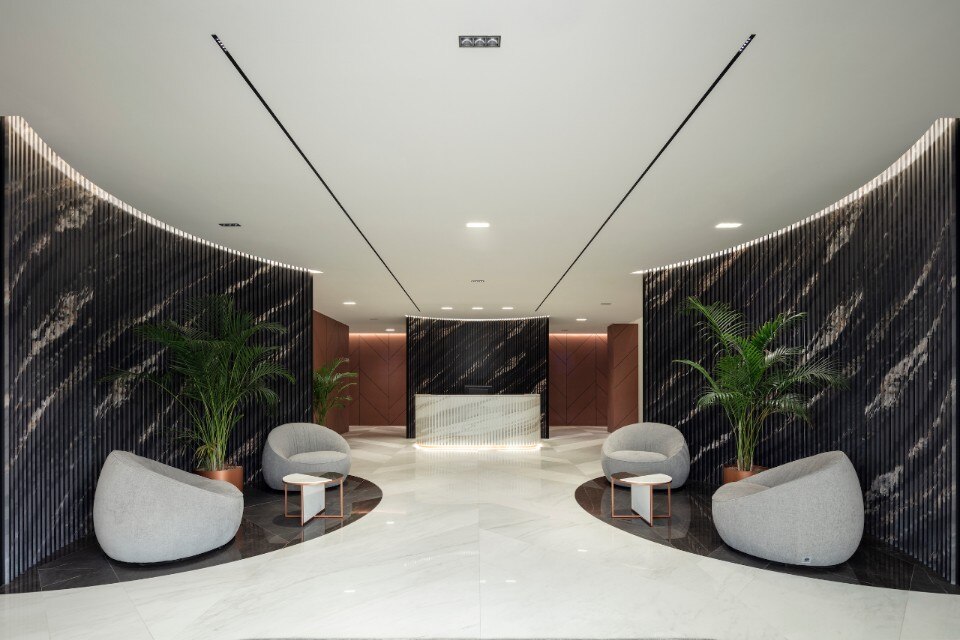
The restyling of Fiandre’s historic headquarters
The project by Iosa Ghini Associati studio is the ultimate expression of the company’s products and philosophy. The result is a workspace meant to be lived in.


